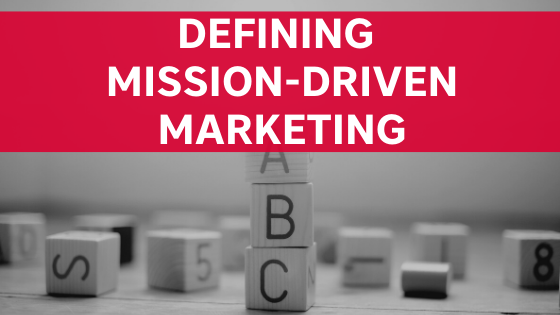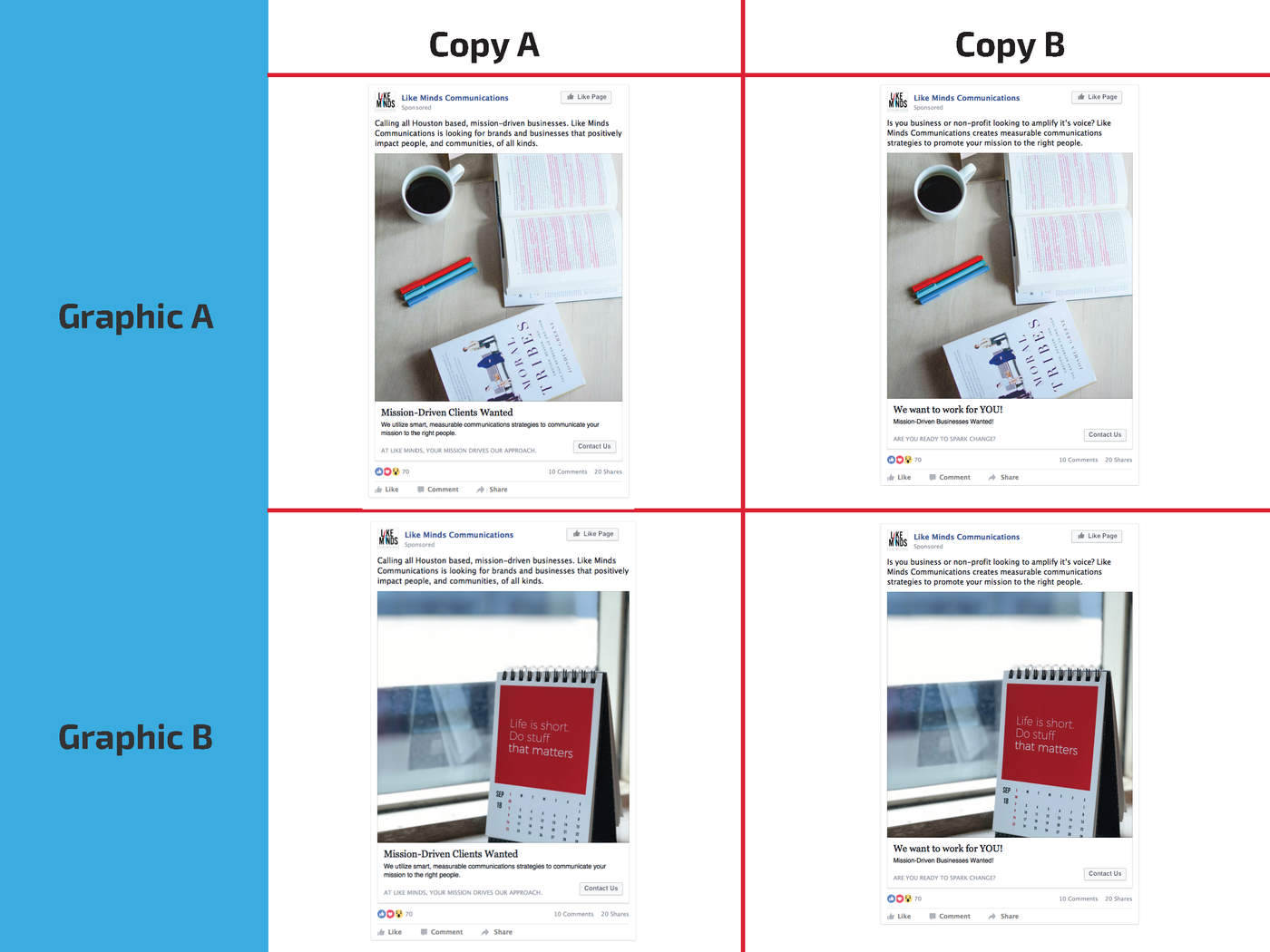We get it. Marketing and communications jargon can be pretty dang confusing. Add in mission-driven and impact language and it’s enough to make your head spin. Have no fear, the Like Minds team is here to clear the air surrounding some of the common terms you may (or may not) have heard from strategic communications professionals, particularly those working or volunteering for mission-driven organizations*.
Still have questions? Drop us a line and we’ll be more than happy to serve as your friendly marketing/communications translation team!
*For the purposes of this blog, we use the terms mission-driven organization, social enterprise, and nonprofit organization interchangeably. There are important structural differences between them, but all are characterized by a commitment to social good.







